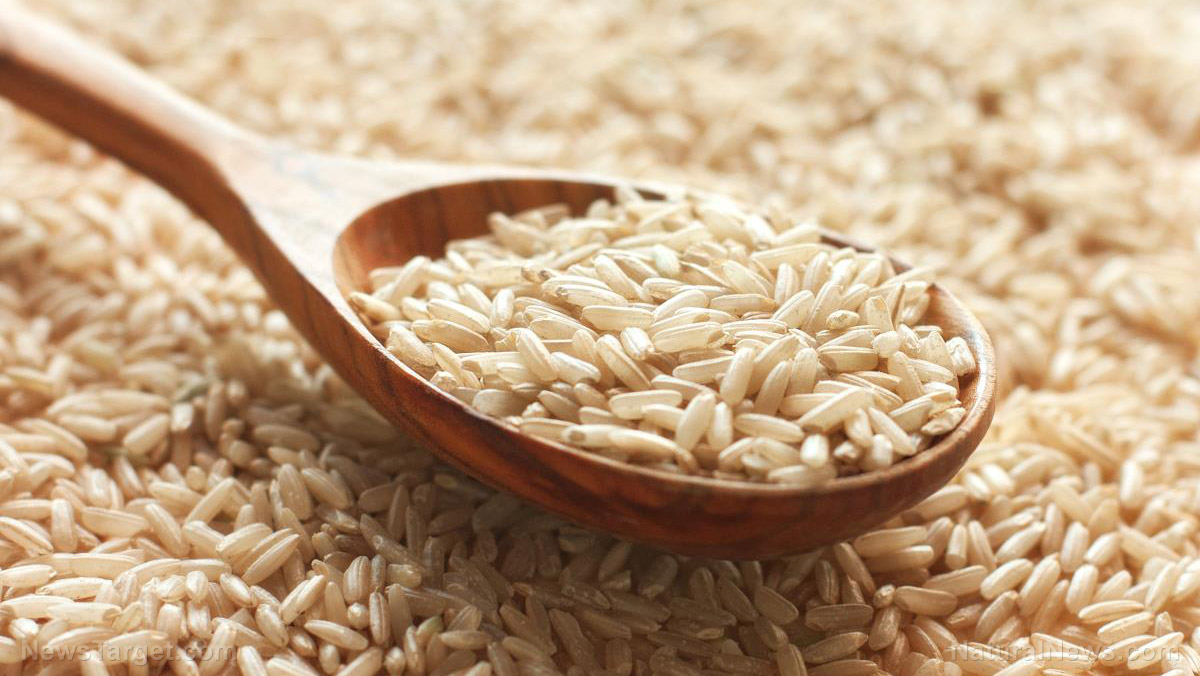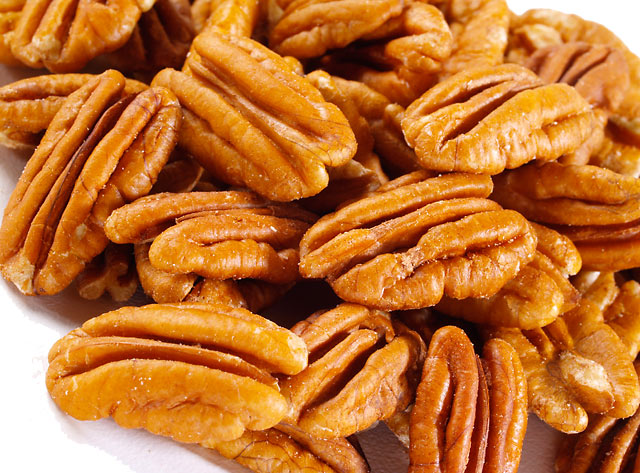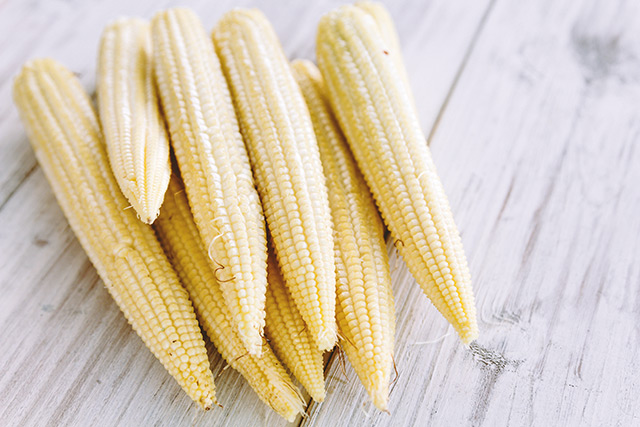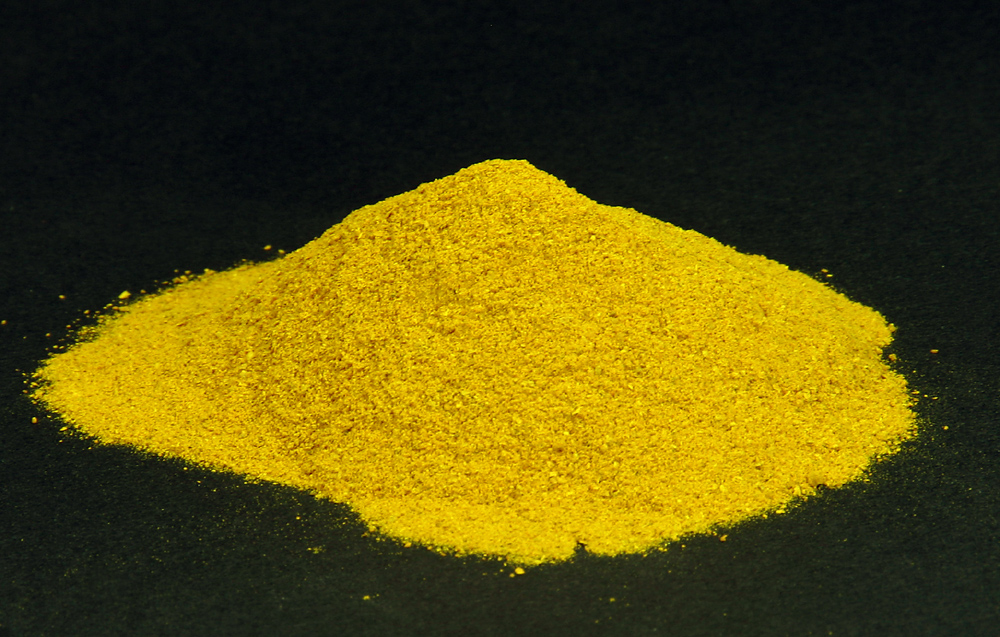02/17/2018 / By Michelle Simmons
The word “diet” comes from the Greek word diata which means “way of life.” Many types of diets are increasingly becoming popular today, such as the Paleo, low-carb, and fasting diets. However, adhering to a diet should not just be like jumping on the bandwagon. Before following a diet, you must weigh its pros and cons.
- Low-carb diets – Low-carb diets, such as Atkins, Dukan, and Pioppi diet, limit the intake of carbohydrates, which include those found in grains, starchy vegetables, and fruits, and highlight foods rich in protein and fat. Low-carb diets are typically used for losing weight. However, these diets are deemed harmful. Carbohydrates are broken down into glucose, which prompts the release of insulin, and insulin aids in storing the energy from food as fat, particularly around the belly. However, carbohydrates are not the only ones that stimulate the production of insulin in the body, but also foods rich in protein and fat too.
- Paleo diets – Paleo diet is based on what the cavemen ate or did not eat in the Paleolithic period, which started around 2.6 million years ago and ended approximately 12,000 years ago. This type of diet tends to eliminate grains, leading to a low-carbohydrate diet. Moreover, dairy products are excluded. Similar to low-carb diets, Paleo diets promote consuming a lot of fresh foods, such as vegetables, and small amounts or no highly processed foods.Although low-carb diets are said to help in losing weight and reducing the risk of type-2 diabetes and heart disease, these are not directly linked to eliminating carbohydrates but are largely linked to energy restriction. Paleo diets also cause side effects such as diarrhea, headaches, and weakness. Moreover, low-carb and Paleo diets are more costly than a regular healthy diet, and need cautious planning to meet nutritional needs.
- Fasting – The 5:2 diet and the warrior diet are types of intermittent fasting diets that are used for weight loss. These diets typically involve consuming little to no calories for 14 to 36 hours. The 5:2 diet incorporates consuming a normal amount of calories for five days in a week and limiting calorie intake on two non-consecutive days within the week, while the warrior diet involves eating just one large meal a day. (Related: Fasting activates your body’s ‘survival’ mode, boosting your immune system.A study published in the International Journal of Obesity found that the 5:2 diet caused an average of more than six kilograms (kg) of weight loss in overweight and obese women within six months. In addition, it improved low-density lipoprotein (LDL) cholesterol, triglycerides, and blood pressure levels. According to experts, when adhering to fasting diets, you need to ensure that you will get all your nutritional needs.
All three types of diets suggest eating more vegetables and less sugar, refined carbohydrates, and highly processed foods. As evidence suggests, most diets are equally efficient in helping with weight loss. However, you must keep in mind to find a diet that works for you and which you can enjoy in the long term. Countries where people live long and healthy do not focus on specific diets, but eat local produce that is both low-cost and enjoyable.
If you’d like to read more news stories and studies on diets, please go to Detox.news.
Sources include:
DailyMail.co.uk
MayoClinic.org
Health.com
Receive Our Free Email Newsletter
Get independent news alerts on natural cures, food lab tests, cannabis medicine, science, robotics, drones, privacy and more.


















